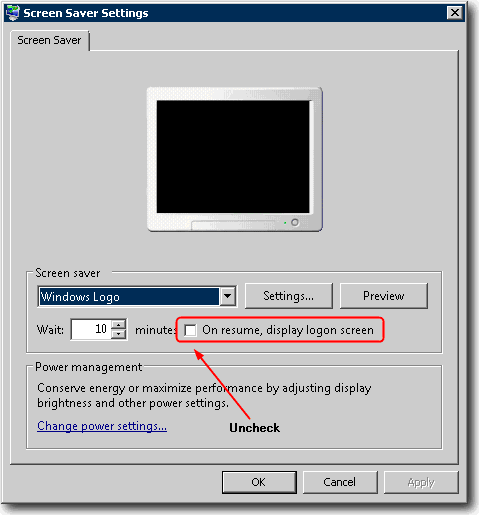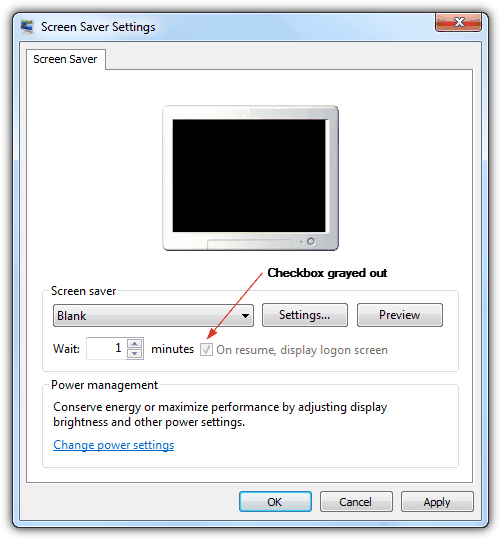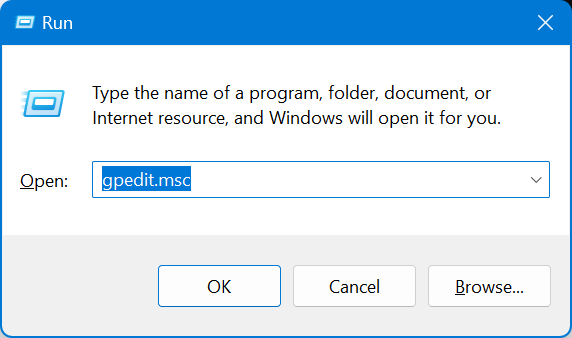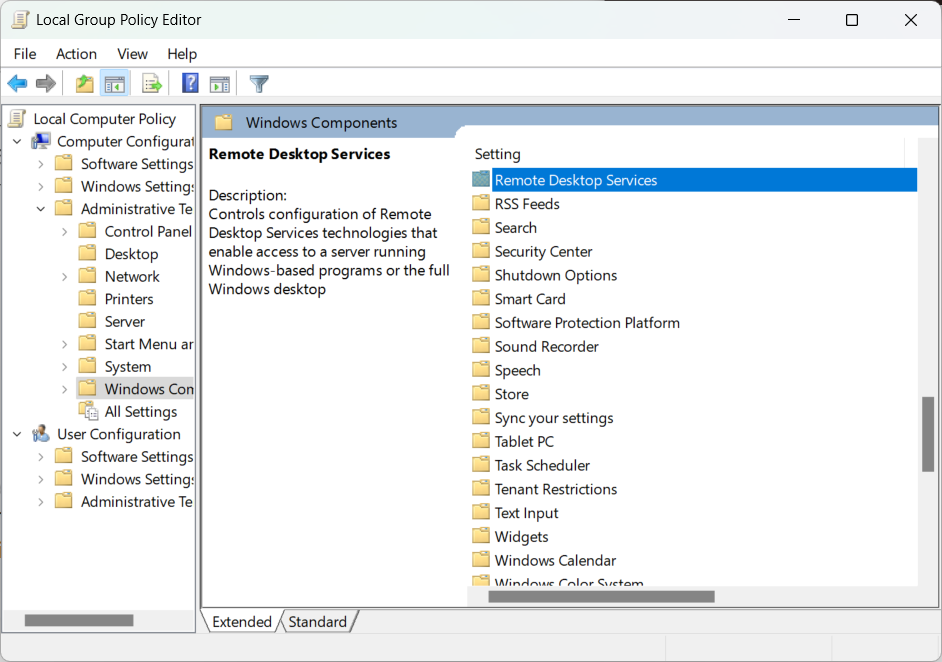How to Disable Remote Desktop from Locking Screen

I’ve never had issues with Remote Desktop, except for one annoyance: after a few minutes of idle time, it auto logs off and requires me to re-enter the password. This is frustrating when reviewing log files or console messages. The solution to disabling the idle logoff is simple, though.
Initially, I misunderstood the issue, thinking the system was logging out when idle. It turned out the screen was locking instead. The “Never” setting for idle session limit in RDP Properties didn’t work because of this.
By default, Windows Server activates the screen saver after 10 minutes of inactivity, and the “On resume, display logon screen” setting is enabled. When this happens, the screen saver is removed upon returning to the Remote Desktop, prompting a login. To fix this, you can either disable the screen saver or remove the logon screen on resume.
How to disable remote desktop automatic screen lock
Try a modified registry file
To disable the auto lock screen when idle, the easiest solution which requires only a click is to download this registry fix file, run it on the computer that is automatically getting locked and restart the PC for the changes to take effect. Alternatively, here are the steps if you prefer to do it manually.
- Right-click Desktop and select Personalize
- Click Screen Saver
- Uncheck “On Resume, display logon screen” and click OK.

Now you can remain idle on the remote desktop connection as long as you want and you won’t be locked out. And obviously this also works on an ordinary PC if you keep receiving the login screen whenever you come out from a screensaver.
What If the Setting Is Grayed Out?
If the “On Resume, display logon screen” option is disabled or grayed out, it likely means a group policy is preventing you from modifying the setting. This might be enforced by your company’s network administrator. Fortunately, you can easily bypass this policy.
- Download Reg Fix to Delete the Password Protect Screen Saver Group Policy: This will delete the group policy and allow you to manually enable or disable the screen saver settings.
- Download Reg Fix to Disable Password Protect Screen Saver Group Policy: This will allow you to disable the screen saver while keeping the setting locked.
These registry fixes are quick and efficient ways to regain control over the screen saver settings, even if you don’t have administrator privileges.

Using Group Policy for Fine-Tuned Control
If you’re working on a Windows Server or have administrative rights, you can also use the Local Group Policy Editor to configure more advanced settings for Remote Desktop sessions. This is especially useful when managing multiple users or fine-tuning session timeouts.
To adjust the session timeout via Group Policy:
- Open gpedit.msc by typing it in the Run dialog.

- Navigate to Computer Configuration ? Administrative Templates ? Windows Components ? Remote Desktop Services ? Remote Desktop Session Host ? Session Time Limits.

- Double-click Set time limit for active but idle Remote Desktop Services sessions.
- Choose Enabled and set your desired timeout.
This allows you to control how long an idle session
Final thoughts
In conclusion, while Windows Remote Desktop is a useful tool for connecting and managing other Windows servers, there are alternatives like the free Virtual Network Computing (VNC) and the popular TeamViewer that may offer additional features. However, I try to minimize third-party software installations on server machines.
To learn more about enabling Remote Desktop, check out this guide on how to enable Remote Desktop connection in Windows 7 Home Premium. If you’re looking to disable Remote Desktop for security or other reasons, the steps outlined in this article will guide you through the process.





User forum
25 messages